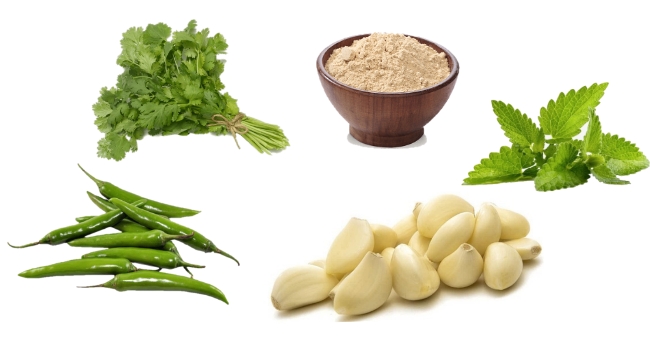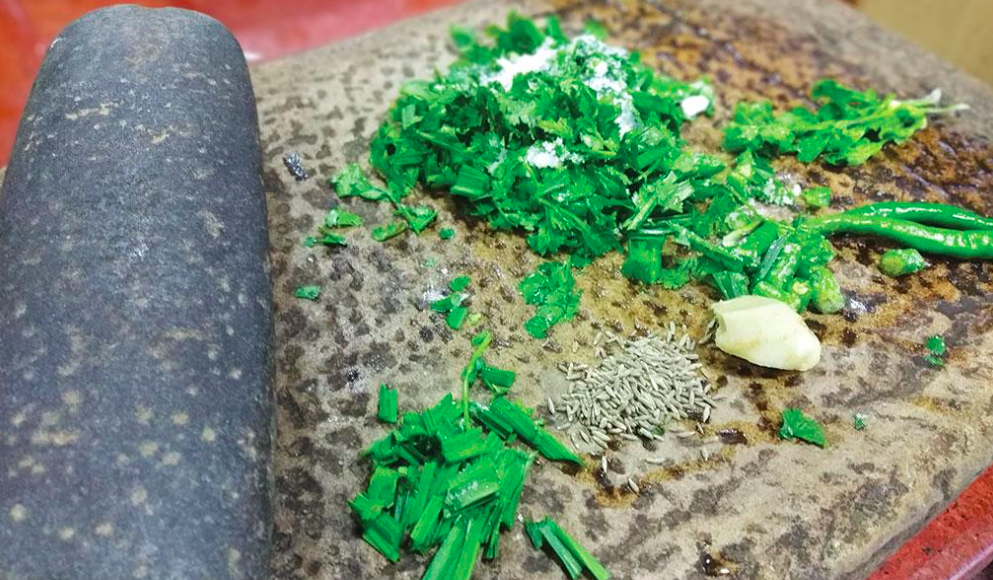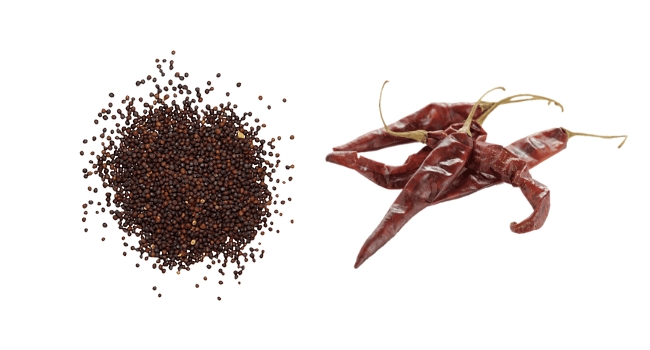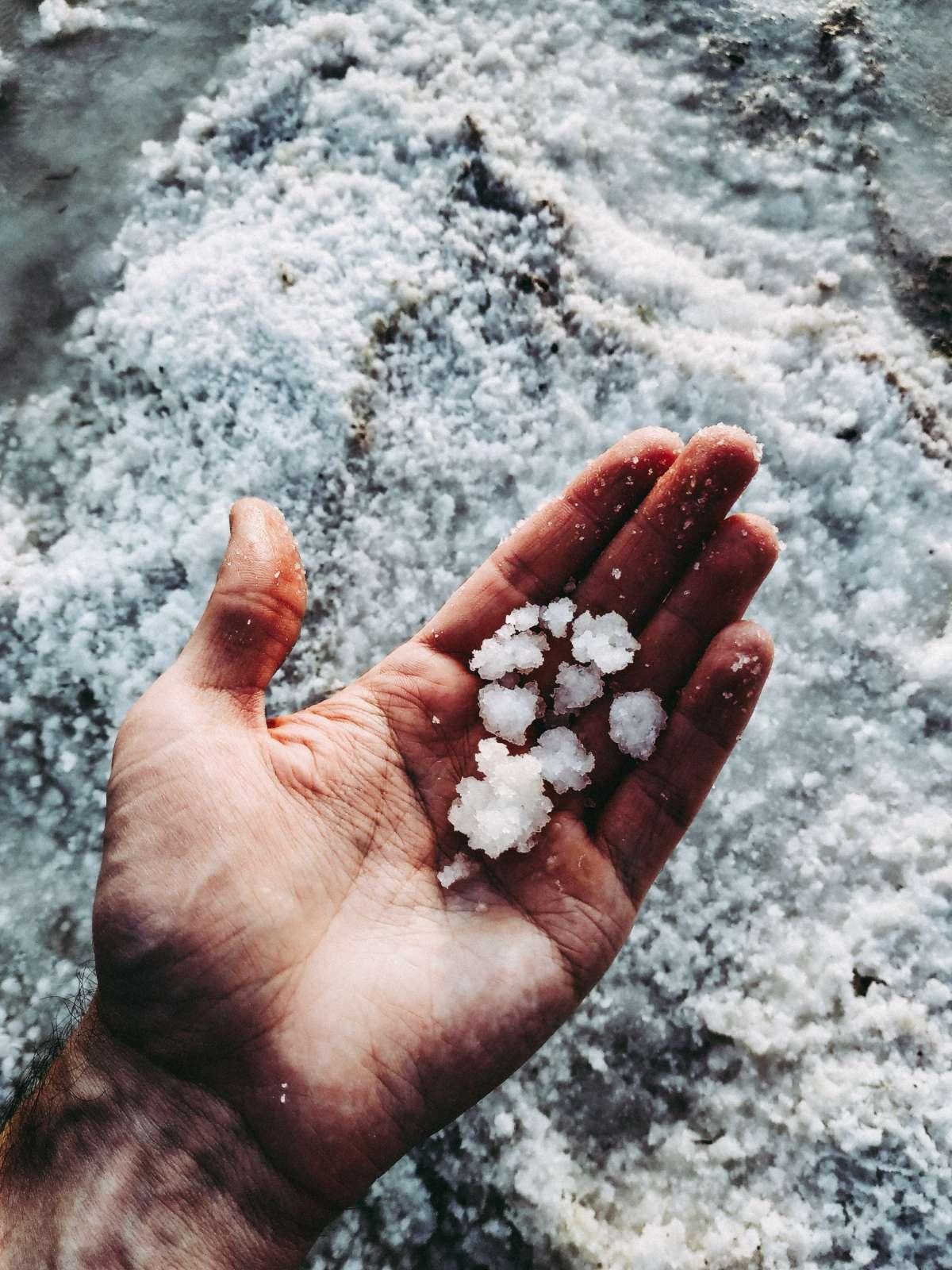Pahari salts: What are they?
This unique salt from Uttarakhand is on everyone’s wish list
In the hills of Kumaon and Garhwal, located in Uttarakhand, an array of salts infused with flavours of mustard, coriander, garlic, ginger, cumin and chillies (red, green and yellow) form an integral part of traditional Uttarakhand cuisine.
It is widely believed that one of the reasons pahari salts came into existence was to induce a sense of thirst in the person such that they remain hydrated during the dry winters of the north. During winters, vegetables are in scant supply. It is during these dry months, the pahari people get to eat bland rotis and parathas, sprinkling some flavourful and vibrant pisyu loon.
Currently, the pahari salts have grown in prominence, with several local makers in Uttarakhand selling their creations online. Let’s take a look at some of the common pahari salt recipes you can try yourself!
Hara namak

This is one of the most common pahari salt. To make hara namak at home, take some corian-der, hing, green chillies, peeled garlic and fresh mint in a bowl. Blitz it in a mixer. The salt is traditionally made by hand crushing in a stone grinder or a sil batta. Next, add some rock salt. What you have now is a moist mixture. You will have to roast it in a pan for a few minutes such that the mixture breaks apart and the texture becomes more crumbly. Once roasted, the hara namak is ready! Again, in the traditional preparations, the mixture is usually kept out in the sun for four to five days.
Just like all salts, you can add it to several dishes to enhance its taste such as dal, salads, rice, chaat etc.
Garlic salt

This salt can either be made solely with garlic or you can pair it with some peppercorns. To make garlic salt, take some green chillies, garlic leaves or cloves, coriander, a little bit of ginger, jeera, and grind the mixture. Next, add the rock salt. You can either roast the mixture to rid it of the moisture or simply consume it as is.
In a different variation, you can take some garlic, red chillies, cumin seeds, hing and roasted peppercorns, instead to add a zing to your namak.
Much like the previous recipe you can use this to liven up any dish you like!
Mustard salt

Locally known as daindoosa salt, it is made by roasting some mustard seeds in a pan. Next add them to a blender along with some red chillies. Add the mixture to the rock salt and you’re done!
You can also consume this salt by layering a hot chappati with it!
Do you know any more such combinations? Tell us in the comment section below.

